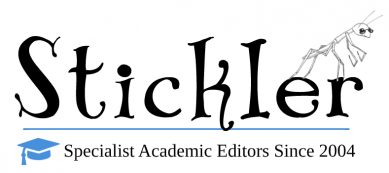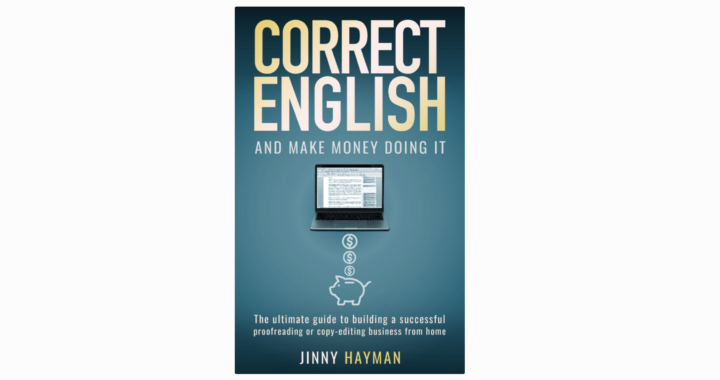Over the last few decades there’s been a spike in predatory academic journals. These journals often accept every article submitted to them as long as the author can pay the exorbitant publication fee—which the journal takes without offering peer review or other services in exchange. The sole aim of predatory journals is to make a profit, which they do by preying on unsuspecting academics. As PhD programs grow increasingly competitive, students become easier targets; many are desperate for publication and will gratefully publish their work anywhere that will accept it.
Until recently, emerging scholars could deduce which journals were legitimate and which were scams using Beall’s List. Jeffrey Beall, a librarian at the University of Colorado, curated and maintained this list of predatory open-access publishers for nearly a decade before shutting it down in 2017 due to frequent complaints and defamation suits. Interested or concerned academics can still access an archived version of Beall’s List, but it is no longer being updated.
There remain many useful resources that can help guide academics toward reputable journals, such as the Directory of Open Access Journals. Here are four more tips on how to steer clear of predatory publications when trying to find a home for your paper.
1. Pricey publication fees
One of the quickest ways to spot a predatory journal is by its gratuitous publication fee. Predatory journals are more interested in taking your money than in publishing valuable information. While many journals do charge legitimate publication fees in order to keep articles open access or to fund expensive peer review and article preparation processes, journals that do not offer these services—meaning that they are not open-access or don’t review your work—charge this fee for the sole reason of making a profit. Journals that ask for unreasonably high publication fees are thus unlikely to be reputable.
Another red flag is if the journal requires you to pay a submission fee. Most journals that charge a publication fee only ask for this after your paper has been accepted, pending revision and peer review. If you have to pay just to submit a paper, it’s probably not worth the cost.
2. Unprofessional presentation
Usually, you can tell intuitively if an academic journal is a scam. You’re best off avoiding journals with clear grammatical errors, typos, or inconsistent formatting, as well as those with unprofessional websites. If the journal’s appearance isn’t up to par, chances are that its editorial standards fall short as well.
3. Unlisted or small editorial board
Avoid journals that obscure or omit information regarding their editorial board. Reputable scholarly journals should have a large editorial board composed of respected academics, as well as a transparent editing process. Moreover, you likely want to know who will be reviewing, editing, and overseeing the publication of your paper—after all, you worked hard on it. A reputable journal has nothing to hide, so if you can’t find any information on, say, a journal’s editor-in-chief, take that as a clear warning sign that it might not be a trustworthy publication.
4. Misleading location
Often, predatory journals deliberately mislead readers as to where they are based. For example, many such journals use words such as “American” or “international” in their titles to add a sense of prestige, even if their headquarters are not in America, or if they aren’t international publications. Check where the journal is based before you submit your work and ensure that their branding reflects their true location. Again, good journals should have nothing to hide.






